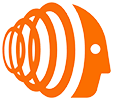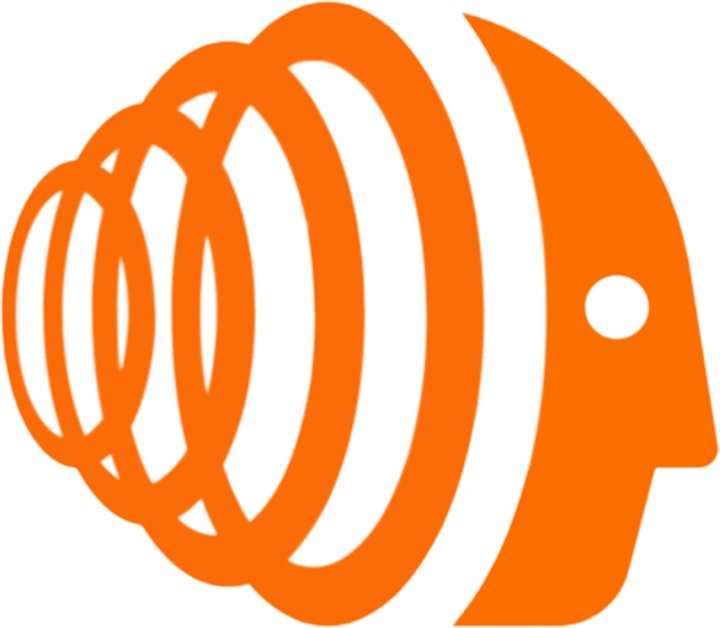基于 Vue 3 和 Vant 的卡片组件开发
应用场景
卡片组件广泛应用于各种 Web 和移动应用程序中,用于展示结构化信息,如产品、新闻、活动等。
基本功能
该卡片组件提供以下基本功能:
- 展示标题、内容和图像
- 提供 header 和 content 槽,允许自定义内容
- 支持阴影效果
- 响应式设计,适应不同屏幕尺寸
功能实现步骤
1. 安装依赖项
npm install vant
2. 引入组件
在 Vue 文件中,导入 Vant 的卡片组件:
import { Card } from 'vant'
3. 使用组件
在模板中,使用 van-card 组件:
<van-card shadow="always" :style="{ height: '100px' }">
<template #header>
<div class="flex items-center justify-between">
<div class="text-lg font-semibold">Scrambled Eggs Toast</div>
<van-icon name="heart" color="#ff5722" />
</div>
</template>
<template #content>
<div class="flex items-center justify-between">
<div class="w-1/2">
<img
src="https://source.unsplash.com/random/200x200"
alt=""
class="rounded-full"
/>
</div>
<div class="w-1/2">
<p class="text-sm text-gray-500">
Scrambled eggs are a quick and easy breakfast option that can be
made with just a few ingredients. They are perfect for busy
mornings when you don't have a lot of time to cook.
</p>
</div>
</div>
</template>
</van-card>
4. 自定义内容
可以使用 #header 和 #content 槽来自定义卡片的内容:
#header槽用于放置标题和图标#content槽用于放置卡片主体内容
5. 响应式设计
组件采用响应式设计,可以自动适应不同屏幕尺寸。
总结与展望
开发这段代码的过程让我深入了解了 Vue 3 和 Vant 组件的使用。我掌握了如何创建和自定义卡片组件,这将极大地提高我开发 Web 和移动应用程序的效率。
未来,该卡片组件可以进一步扩展和优化:
- 添加更多自定义选项,如背景颜色、边框样式等
- 集成其他 Vant 组件,如按钮、表单等
- 探索使用 Vuex 管理卡片数据,实现动态更新和状态管理


